La Navase: Conservation of Biodiversity by Haiti’s Sustainable Practices
An unspoiled Haitian island, called La Navase, has been claimed by the United States and renamed “Navassa Island,” although it lies a mere 25 miles southwest of the city of Jeremie and 37 miles from Haiti’s western-most peninsula. La Navase is uninhabited by humans, but Haitians have fished its coasts for more than two centuries, and all the islands adjacent to Haiti, regardless of their populations, have been noted as being an integral part of the country since Toussaint Louverture’s first Constitution of 1801. Moreover, Article 2 of Haiti’s 1874 Constitution specifically lists Haiti’s island possessions as including “La Navaze.”
The Guano Islands Act for US expansion
The 1,300-acre tear-shaped island poses a challenge to human habitation because it contains no fresh water and the steep cliffs along its coastline make landing of a boat almost impossible; however it has hosted so many birds over such a long period that a large fraction of its surface is covered with minable quantities of their droppings (guano) as deep as 20 feet. This wealth of guano caught the attention of the US in the mid-19th century as its Navy ransacked the Atlantic and Pacific oceans for “guano islands.” Back then, guano was a major fertilizer for agriculture, sold mostly by Peru for about $50 per ton. The entire world’s human population was less than 1.5 billion, and all the fertilizer came from the conversion (fixation) of atmospheric nitrogen gas to ammonia by bacteria in symbiosis with legumes (e.g. alfalfa, peas), and from this fixation’s indirect products, such as animal wastes and decomposed plants.
In Summer 1857, Captain Peter Duncan and Edward Cooper personally invaded La Navase, with backing from the Guano Islands Act passed a year earlier by the US Congress. This Act declared that any uninhabited island with guano could be seized by a US citizen and made a US protectorate. Duncan and Cooper registered themselves with the US State Department as the discoverers of “Navassa Island” and recommended that it be taken under US tutelage, after they ascertained that the island held over one million tons of guano. This guano was an especially desirable mixture of nitrate and phosphate that could serve, not only as an excellent fertilizer but also as a powder in armament. Cooper immediately formed the Navassa Phosphate Company, which contracted to grant Duncan a fraction of the mining proceeds. These men’s sense of personal ownership was so strong that, after Duncan died, his widow tried to claim the island as her inheritance in a case that reached the US Supreme Court. With backing from the US Navy, Duncan, Cooper, and many other politically-connected US businessmen appropriated over 100 islands from the coasts of Central and South America, to as far as Alaska, Hawaii and American Samoa, and turned them into their personal fiefdoms. All except 10 of these islands have been returned to their owners. La Navase is one of the exceptions.
Haitian officials learned of the invasion on March 10, 1858, in a notification from the British and French consuls that Americans had declared the island a US territory and planted their flag on it. In effect, a slave-holding country (the US) had annexed part of Haiti’s territory, where the Navassa Phosphate Co. was exploiting the labor of formerly-freed US slaves under the whips of a handful of white officers. The Haitian government immediately relayed to US authorities its strong objections to their claim, only to be told that the annexation was legal because “the island was derelict and abandoned.” By April 1858, Haitian Emperor Faustin Soulouque – a former slave who had risen to the rank of General in Haiti’s Revolutionary Army before becoming President and proclaiming himself emperor — ordered Navassa Phosphate Co. to cease and desist and dispatched two warships with orders to expel the settlers by force. Unfortunately a coup against Soulouque aborted the armed intervention.
Conservation as a modern justification for land grab
Subsequent Haitian administrations have continued to claim the island, though none with as much force as Soulouque. The island became notorious for riots (slave revolts), including one in September 1889, in which the black US laborers (slaves) killed five white officers. Even without these scandals, the interest of the US in the territory should have waned after guano fertilizer became obsolete. The Navassa Phosphate Co. went into receivership soon after the development in 1913 of the Haber Process: a chemical method to prepare ammonia fertilizer on an industrial scale from nitrogen gas in the air. But in 1917, early during the first US Occupation of Haiti, the US built a lighthouse on La Navase and set up its Coastguard there, where they remained for 79 years. After dismantling the lighthouse in Summer 1996, the US did not return the island to Haiti but instead transferred its administration from the Coastguard to the Department of the Interior’s Office of Insular Affairs, where it fell initially under US Miscellaneous Caribbean Islands and later, US Minor Outlying Islands. Yet more official demands in 1998 for a return of La Navase to Haiti led the US on December 3, 1999 to transfer the island to the Fish and Wildlife Service (FWS) and declare it, together with the 12-mile nautical zone around it, to be a National Wildlife Refuge and protected Ocean Wilderness. Access to the island and its waters is currently forbidden to visitors without permission from the FWS Office in Boquerón, Puerto Rico.
Thus the US, which was content, when guano was valuable, to crack the slave driver’s whip on Haitian territory and despoil La Navase in ways Haitians never imagined, now justifies its appropriation of the island and its waters by a sanctimonious need to preserve its “incredible biodiversity” and “fantastic biological wealth.” One scientific expedition in 1998, by the Center for Marine Conservation in Washington D.C., described La Navase as “a unique preserve of Caribbean biodiversity” and reported that the island’s land and offshore ecosystems had survived the twentieth century “virtually untouched.” US Quest expeditions in 1998 and 1999 reported finding 90 species of spiders including 25 previously unknown to science, species of plants unique to the island such as the palm Pseudopheonix Sarget saonae, and two endemic lizard species Cyclura nigerrima and Leicocephlus erimitus that were thought to have disappeared.
As for the island’s fisheries: the Quest Expeditions discovered 227 species of fish including five new ones. According to a report in the Journal of Biological Conservation, “The shallow reefs of Navassa (< 23 meters) have high live coral cover (20–26.1 percent), a high degree of architectural complexity (rugosity index range 1.4–1.9), and moderate abundance of the keystone grazing urchin, Diadema antillarum, at all sites (mean 2.9±0.9 per 30 square meters). Thus, Navassa reefs appear to be trophically intact with fish populations relatively ‘unexploited,’ presenting a conservation challenge and a research opportunity.” The same article grudgingly notes that: “Despite its remoteness, an unregulated, artisanal fishery (primarily using traps and hook and line) carried out by Haitians is the primary mode of human impact on Navassa reefs. Even so, reef fish communities exhibit high density (range 97–140 fish per 60 square meters) and retain representation by large snapper, grouper and herbivores, which are mostly lacking in nearby Caribbean locations with high fishing pressure…. The regulation and conservation of the fishery will be difficult, due to the international nature of the situation.”
“Virtually untouched” or correctly touched?
What exactly can the US contribute to conservation of La Navase that Haitians cannot? By contrast to Haitians, who hardly ever stepped on La Navase and only approached its coasts on small fishing boats, the scientific expeditions from the US have involved large ships and the collection of rare animals. In addition, the FWS has paid scant attention to the possible introduction of foreign invasive species of animals and plants during the nature hikes and snorkeling trips that are now organized to the island.
Could it be that the US is less interested in conservation than biopiracy and the appropriation of a major Haitian fishery together with a reserve of guano? Products from rare marine organisms and other animals are currently coveted as potential sources of drugs by pharmaceutical companies. In addition, we are rapidly approaching a period of worldwide food scarcity and a time when oil extraction will cost as much energy as can be obtained from the oil. Fertilizer prices worldwide necessarily track oil prices, since the Haber Process requires high temperatures and pressures that involve large amounts of energy. Paradoxically, the Haber Process has saved a wildlife preserve, though it has caused massive global water and air pollution. Thanks to Fritz Haber — who also invented nerve gas — humans currently eat oil, and it is estimated that one third to one half of the human population will starve when the oil runs out. Western science, which advances without regard for life and community, is unlikely to save us from ourselves. La Navase is a case in point. Although centuries of stewardship by Haitians have maintained the island with varieties of land animals unknown elsewhere, as well as an exceptional seabed with a great density of fish and coral, US scientists missed a valuable opportunity to acknowledge the sustainable practices of Haitians, recommend that the island be returned to Haiti, and learn a thing or two from Haitian fishermen about wildlife conservation.
Related Articles


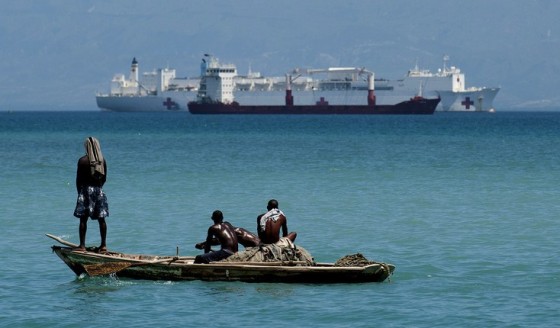

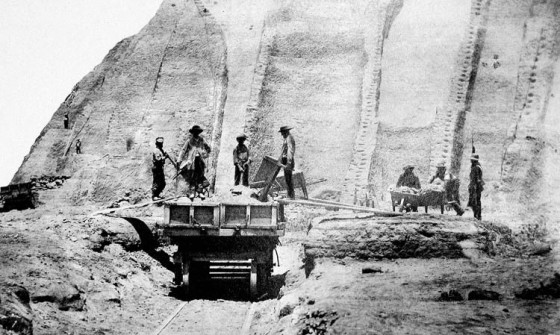
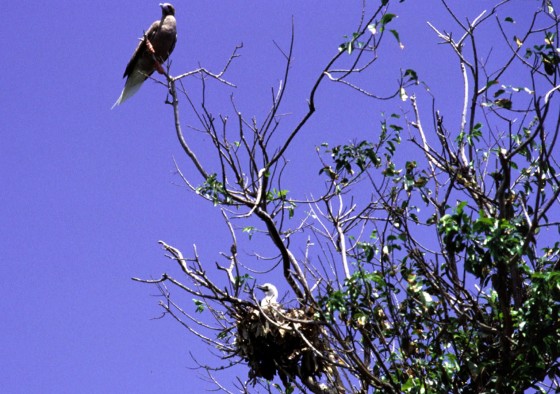
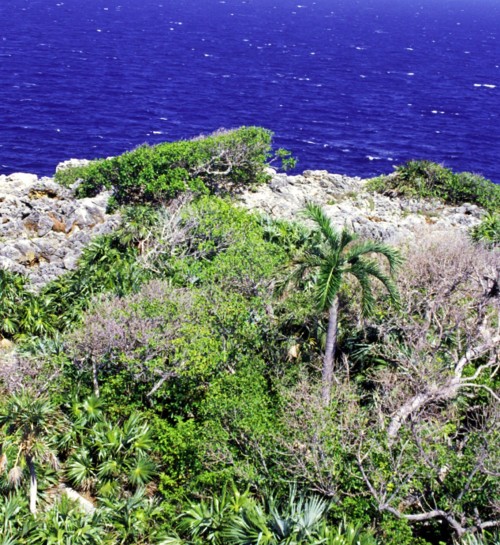
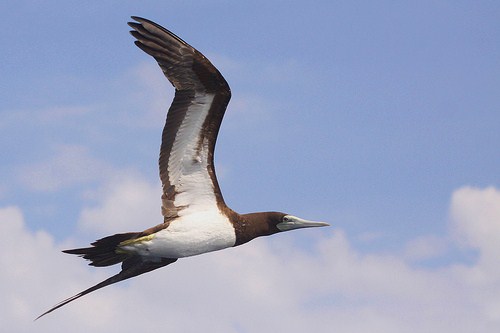

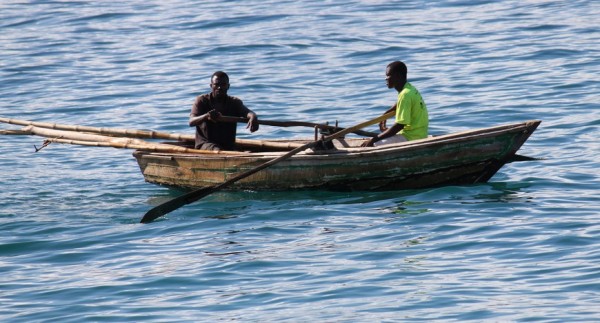











3 Responses to La Navase: Conservation of Biodiversity by Haiti’s Sustainable Practices
You must be logged in to post a comment Login